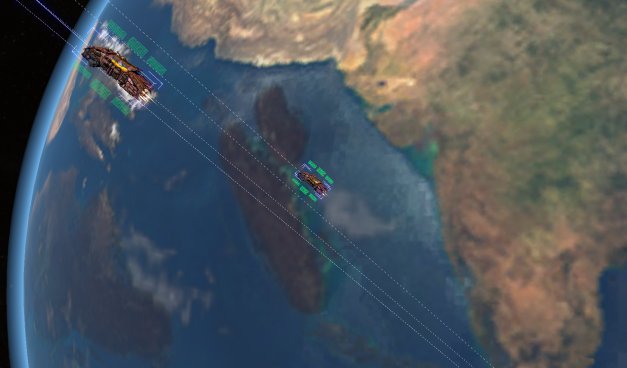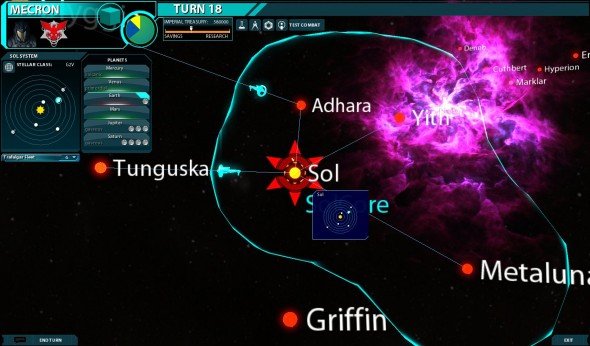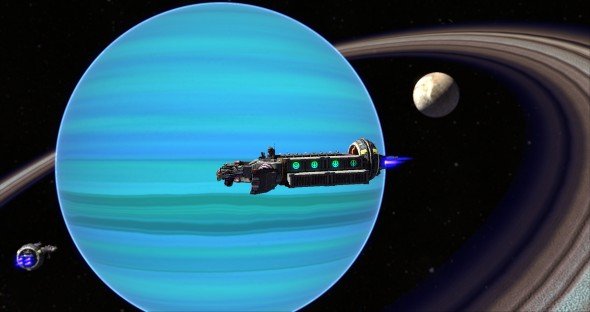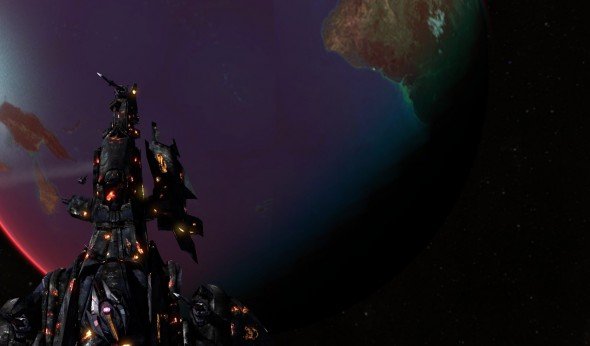Preview: Sword of the Stars II: Lords of Winter

Sword of the Stars was a hugely underplayed game; SotSII is determined to rectify that. The most noticeable improvement is the real-time 3D battles designed by the team behind Homeworld II. It leaves you with a space game that plays a little like Total War crossed with Galactic Civilizations and Gratuitous Space Battles, set in a glorious 3D universe complete with hanging Nebula.
Initially, you pick from a pre-made star map, which determines the size of the game and distance between the stars; however, you can alter the number of stars, their habitability and resources; a large multiplayer game could have lots of stars with few resources and last 40 hours, whilst a short game may only last two hours and have just 30 stars.
Notably, the multiplayer, despite its length, features drop-in drop-out options, with AI players temporarily taking control of any players who leave. There are six races to choose from, with extremely different play styles; for example, the hivers move very slowly between star systems but can build jump gates to move instantaneously when they reach then; meanwhile, the humans can open sub-space tunnels between areas; The new race, the Suu'l-ka in their huge tentacled ship, play the game in a totally different way.

Each race also has its own version of the tech tree, but that's also flexible; it's partially randomised at the start of each game, so you don't know exactly where the tree leads or how long it will take to get there. Similarly non-standard are the ships you use; like Galactic Civilizations II, they're customisable from a range of parts unlocked via the tech-tree, and the parts have a wide variety of functions and associated statistics. The new Leviathan class of ships also look particularly spectacular - for example, the "Space Dolphins" have a giant flying tentacled flying saucer.
As players explore the map, they receive limited information about their neighbouring stars; with the nearest stars you may see how many planets they have; with further stars you can't see anything without a survey mission. Once you've established if they're habitable, you can send fleets to settle them (assuming they're in range - fleets are limited by distance from their hime base), then get terraforming, building infrastructure and more ships, and so on. Each planet has its own status, depending on whether you're over-exploiting its natural resources and how hazardous the climate is currently.

If you happen across another race, there are a range of diplomatic options... but let's talk about war. As we said, this isn't a number-crunching simulation; it's real 3D space battles along the lines of Homeworld, with you able to see right down to the level of individual shield banks on your interceptors (you can even tell them to roll or perform evasive manouvres if you see a bank about to collapse). Weapons have both mass and speed, so ships can react differently to different armaments, depending on how you've tailored their design.
There's a lot of backstory in this series - veterans of the first game will remember that it actually came with a book. This time around there's a built-in encyclopedia to reveal some of the backstory; the rest is shown off through the pre-scripted missions and multiplayer, where more of the plot is revealed.
The biggest gaming news, reviews and hardware deals
Keep up to date with the most important stories and the best deals, as picked by the PC Gamer team.

Of all Paradox's new line-up of games, this is the one that looks the most accessible, possibly because it features lots of bright colours rather than the blocky greys of Supreme Ruler: Cold War. And who can turn down a game that includes the opportunity to make friends with Space Dolphins?

